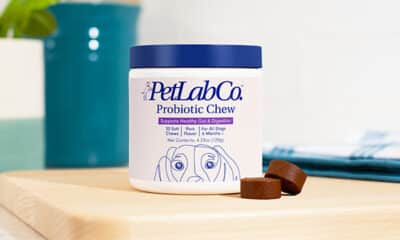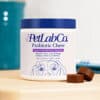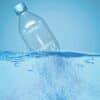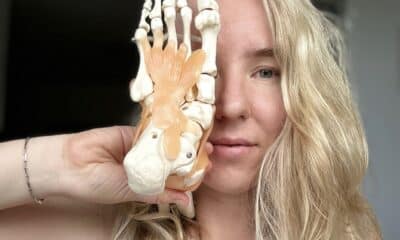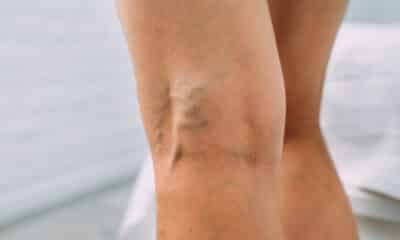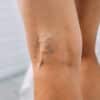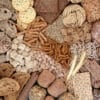Discover How Smart Nutrition Can Boost Your Dental Recovery Time
You may have just had a tooth extracted or undergone some other dental procedure, and you’re likely feeling sore, swollen, and filled with questions. It’s completely normal to feel anxious about what to eat. But here’s the reassuring part: nourishing your body with the right foods can significantly speed up your healing process.
Choosing soft, nutrient-dense meals and keeping yourself well-hydrated will arm your body with everything it needs to recover efficiently. In this article, we’ll delve into gentle foods that can aid your recovery in the first few days, discuss why day three might challenge you, explore how long it takes to return to your regular diet, and explain how the right foods support your healing journey.
How To Choose Comforting Bites To Nurture Your Healing
In the initial days post-procedure, zero in on easy-to-eat foods that require little to no chewing. Think of blended smoothies made with yogurt and soft fruits like bananas or berries; they glide down easily while delivering a punch of vital vitamins. A warm bowl of soup—perhaps pureed vegetables or a gentle chicken broth—can be both comforting and hydrating, making it easy to swallow.
Opt for soft proteins like scrambled eggs, cottage cheese, or mashed avocado. These foods provide energy and help rebuild tissue without irritating tender gums. Even simple meals like well-cooked porridge or creamy mashed potatoes can keep you nourished as you navigate your recovery, helping you stay strong day by day.
Understanding And Easing Your Day-Three Discomfort
You may find that day three is more challenging than the previous days, and that’s completely normal. By this time, the anesthesia has typically worn off, making you acutely aware of every ache, and natural swelling often peaks, increasing discomfort.
It can be disheartening to feel pain when you thought you were improving, but remember, this is often a sign that your body is hard at work healing. Stick with gentle foods, take it easy, and remind yourself that this discomfort is temporary and should ease soon.
How To Ease Back Into Your Favourite Foods, Step By Step
After about a week, you might feel ready to experiment with semi-solid foods. Start with options that remain soft but are a bit more substantial, like mashed potatoes with gravy or well-cooked pasta. If those sit well, consider adding tender pieces of fish or shredded chicken, along with soft-cooked vegetables. Remember to chew on the opposite side of your mouth if needed.
By the two-week mark, most people are typically back to enjoying their normal diets, although individual healing times can vary. Even then, continue to steer clear of anything exceptionally crunchy, chewy, or spicy until you’re completely pain-free. Always listen to your body—if something hurts, take a step back and give yourself more time.
Nourishing Your Body To Support Healing
Think of food as the fuel that powers your healing process. Your body is tirelessly working to build new tissue and combat inflammation, so it requires extra energy and nutrients. Protein is particularly crucial because it serves as the building blocks (amino acids) for repairing your gums and bone. Soft protein choices like yogurt, scrambled eggs, or even mashed beans in a soup can accelerate this repair process.
Incorporating fruits and veggies into your diet, like pureed sweet potatoes or a blended berry smoothie, can bolster your immune system and support collagen production—an essential element for binding tissues together.
Even if your appetite is a bit diminished, try to include a source of protein and colorful fruits or vegetables during each meal. Every nutrient helps you bounce back. For instance, vitamin C-rich foods (think berries or citrus) boost collagen formation in your gums, while minerals like zinc (found in beans or seeds) enhance your immune function.
Avoiding Common Dental Emergencies After A Procedure
Dental professionals emphasize that practicing care during the first few days after any dental work is critical to preventing complications from inadequate aftercare.
While you may be fixated on managing your discomfort, this is also a time when you’re most susceptible to complications—you certainly don’t want to find yourself back in the dental chair for an emergency visit.
One of the most preventable issues is a dry socket, particularly following a tooth extraction. This occurrence arises when the protective blood clot dislodges too early, exposing nerves and bone to air and food, which leads to pain and delays healing.
To avoid this, refrain from using straws, spitting forcefully, or smoking, as these can create suction that pulls the clot out. From day two onward, stick to gentle rinsing with warm salt water (unless your dentist has given you different instructions) and be cautious not to disturb the area with your tongue or toothbrush.
Keeping your mouth clean is also essential, but do so gently. Use a soft-bristled toothbrush to clean around the extraction site—not directly on it—and take your time. Aggressive brushing or overzealous rinsing can aggravate the area. While it might be tempting to peer in the mirror or poke around, resist that urge. Your mouth is working hard to recover, and even minor irritation can trigger swelling or lead to infection.
If you notice that swelling worsens after day three, experience severe throbbing pain, or detect a foul taste in your mouth, these could be early signs of infection. Don’t ignore the warning signs; reach out to your dental practice promptly. Dealing with issues early on is always easier than managing a full-blown dental emergency.
Ultimately, the key to recovery is respecting your body’s healing timeline. By nurturing your mouth during this sensitive time and giving it a calm, clean environment to heal in, you not only help yourself feel better faster but also protect the outcome of the procedure you’ve just undergone. Remember, it’s often the quiet, consistent habits that make the most significant difference in your recovery.




